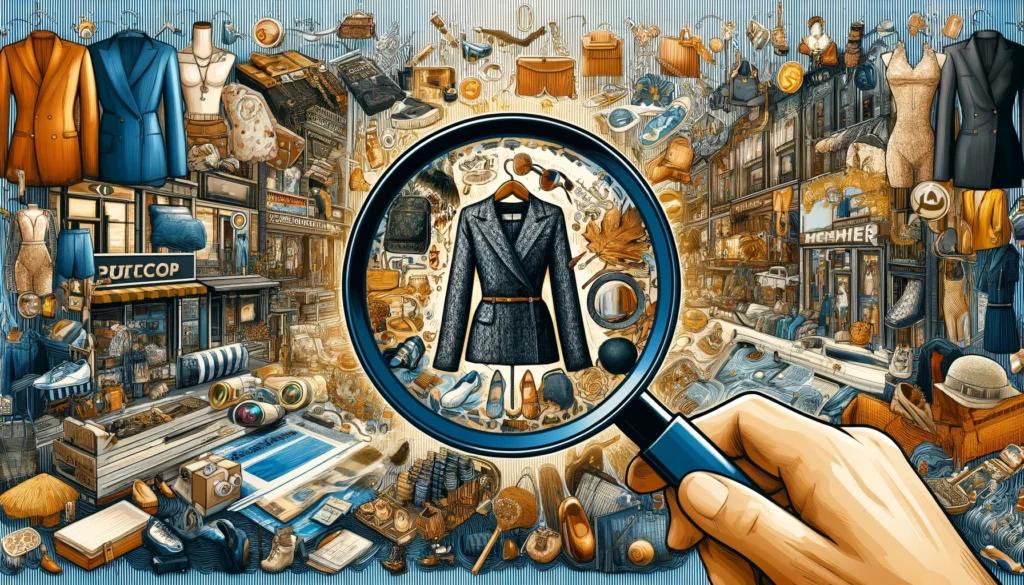The allure of designer fashion is undeniable, with its promise of quality, exclusivity, and status. However, not everyone can afford the hefty price tags attached to these luxury items. This has given rise to the market for replica designer clothing, offering more accessible alternatives to high-end fashion pieces. While replicas may initially seem like a harmless way to participate in the latest trends, it’s crucial to understand the basics, legality, and ethical considerations involved. Let’s delve deeper into the world of replica designer clothing.
Understanding Replica Designer Clothing
Replica designer clothing refers to garments that are designed to imitate high-end fashion items, often sold at a fraction of the original price. These replicas range from high-quality duplicates that closely mimic the original design to lower-quality knock-offs that merely suggest the style of the original piece.
The Legality of Replicas
The legality of replica designer clothing can be a gray area, heavily dependent on the nature of the imitation and the laws of a particular jurisdiction. Selling counterfeit goods (replicas that are intended to deceive consumers into believing they are the genuine article) is illegal in many countries and can result in significant penalties. However, items that merely draw inspiration from designer pieces without directly copying logos or exclusive designs might not infringe on intellectual property rights and, thus, fall into a legal albeit controversial category.
Ethical Considerations
Beyond legality, there are ethical considerations to take into account. The production of counterfeit goods is often linked to various forms of exploitation, including labor abuses and funding of illicit activities. Moreover, purchasing replicas can undermine the value of craftsmanship and innovation that original designers put into their work.

Why Quality Matters
Opting for replicas that respect the original design without infringing on trademarks can be a way to enjoy fashion trends ethically. High-quality replicas that acknowledge their inspiration source without pretending to be the real deal can satisfy fashion enthusiasts’ desires without the negative implications associated with counterfeit goods.
Making Informed Choices
When navigating the replica market, it’s crucial to make informed choices:
- Research the product to understand whether it’s a direct counterfeit or an inspired piece.
- Consider the source of the replica, favoring reputable sellers with transparent manufacturing practices.
- Reflect on the ethical implications of your purchase, especially regarding the potential support of exploitative practices.
To determine if a replica is high quality, look for:
- Material Quality: High-quality replicas use materials that closely resemble those used in the original designs.
- Craftsmanship: Pay attention to the stitching, finishes, and overall construction. Good replicas should have even stitches and clean finishing.
- Design Accuracy: Compare the replica with the original design. While it may not be exact, a high-quality replica will closely mimic the design elements, colors, and patterns of the original piece.
- Seller Reputation: Reputable sellers often provide detailed information about the product’s materials and design, and they may have reviews or feedback from previous customers.
Buying replica designer clothing can be considered ethical if:
- It’s Not Counterfeit: The item is an inspired piece rather than a direct counterfeit intended to deceive consumers.
- Transparent Manufacturing: The replica is produced under fair and transparent manufacturing practices.
- Acknowledgment: The replica acknowledges its inspiration without masquerading as the genuine brand. Consumers should weigh the ethical implications, including potential support of exploitative labor practices and impact on original designers’ rights.
Purchasing replicas, especially counterfeits, can harm the fashion industry by:
- Undermining Original Designers: It can diminish the value of original designs and infringe on the intellectual property rights of designers.
- Supporting Unethical Practices: The counterfeit industry is often linked to exploitative labor practices and other illicit activities.
- Economic Impact: It can negatively affect the economy of the fashion industry, including loss of sales, jobs, and innovation. However, informed purchasing of inspired pieces, rather than direct counterfeits, can mitigate some of these negative impacts.
Final Thoughts
While replica designer clothing offers a more accessible entry point into the world of high fashion, it’s accompanied by a host of legal and ethical considerations. By staying informed and making conscientious choices, consumers can navigate this complex landscape responsibly, ensuring their fashion choices align with their values and the law.